Scaling success: Economist John A. List teaches students to grow their ideas
April 1, 2022

Whether it is trying to grow a public policy or school club, scaling – increasing an idea’s scope without slowing growth – has often seemed like an art. Some great ideas make it big while others fail to take off. In his new book, “The Voltage Effect,” John A. List, a University of Chicago economics professor, turns that art into a science and lays out five key elements that ensure an idea will scale. He is also a former chief economist at both Lyft and Uber, and a longtime Lab parent. Dr. List also provides tips on quitting, incentives and scaling culture to make an idea have large-scale impact: be it a school club or activist movement. This interview has been edited for length and clarity.
The Midway: There are many policy initiatives regarding topics like climate change or poverty that have seemed promising initially, but then either no one hears about them anymore, or they fail to work out. Why is that?
Dr. List: I think it’s fundamentally because of one reason: … We’ve gone about the research in the exact opposite way than what we should be doing. Most of the time, what people do is they have a research project they want to work on, and if they run an experiment, they use the best possible inputs and the best of breed to give their idea its best chance, and then they write it up and they forget to tell everyone else that they’ve just done an efficacy test – that they’ve used the best of everything. … The evidence we need for scaling is what I call policy-based evidence. I want people to bring all of the warts and all of the constraints and all the problems that you’re going to face at scale back to the petri dish, and I want you to say, “My idea works in the worst case scenario, or in the realistic scenario.”
How would you explain your five key elements of scaling to high school students?
The first one is – just make sure it’s not a false positive. The way I want you to think about a false positive is that, you go and get a COVID test, and it might say that you’re COVID positive, but some of the time it’s just wrong. It’s a false positive. We need to recognize before we launch our idea that it’s not a false positive. Vital sign number two is make sure you understand your consumers or your audience. There are ways to figure out “Who is my idea good for, who will it work for?” The third one is about, “Are there unique features that cause your result to work in the petri dish, but those features can’t be replicated at scale?” I talk in this chapter about restaurants, and a lot of restaurants have tried to scale. And the ones that have worked, they’ve worked initially because of ingredients that they could replicate at scale. The fourth one is spillovers, and here, you have to recognize that any idea will have some kind of spillover. A spillover is a person reacting to a new setting and then changing their behavior. The fifth one is a very economic one and that’s, “Does your idea have economies of scale or does it have diseconomies of scale?” If it gets cheaper as you grow, that’s called economies of scale. If it gets more and more expensive, that’s called diseconomies of scale. … You always have to be careful not to try to expand the ones that have diseconomies of scale.
Oftentimes people, including high schoolers, want to be seen as the innovator, the creator, the founder of a program, but not really the implementer. What do you have to say about that perception?
There’s an old biblical passage that goes as follows: “It’s the pearls before the swine.” And what that means is the innovation is the pearls – that’s the beautiful part of it. The swine is the implementation. A lot of times academics think of it that way, too: “Look, I want to be the innovator, I want to be the headliner,” and the implementation of it, “Who gives a damn? I don’t have time for that because I have to go innovate some more.” There’s a problem with that because if you’re not an appropriate implementer in rolling it out, you’re not going to affect change. And we’ve seen that for years. The fact that we’ve ignored the implementation side has led us to have great ideas in the small, and great ideas that look like they should work, but the science of using science is not well understood, and because of that, we haven’t made big progress like we should, so I want to turn the culture around. We have enough innovation, enough ideas – we have to innovate now on the implementation.
In “The Voltage Effect” you talk about your own experience quitting your college dream of becoming a PGA golfer and write that people should not be afraid to quit. For high school students who have invested many years in an extracurricular club, but who are not improving anymore and feel the pressure of college admissions or a social group to continue that activity, what do you have to say about the importance of quitting?
I’m glad you asked that because — bottom line — we don’t quit enough, and the reason why we don’t quit enough is twofold. One, society tells us that if you quit, you’re a loser. Society tells us that quitting is the most repugnant word in the English language. Now, the other reason why we don’t quit enough is our own faults, and what I mean by that is, we tend to neglect the opportunity cost of time. Steve Levitt and I started a project a long time ago that adds science to the fact that some people were very close to whether they wanted to quit or not. We had them flip a coin — if it came up heads, they quit, tails, they didn’t — and then we tracked them for months. What you find is people who quit are a lot happier, so there’s actually science behind this too.
Quitting to me is stopping one activity and starting another, and that’s also called pivoting, so if we reframe what I’m talking about here, we can all agree we should do it more. People often say, “John, I hear you, it makes sense that you should quit more. When should I decide to quit or not?” Here’s the answer: You quit when your outside option is better. If you’re talking about a club, there might be another club that uses your comparative advantage or that you can help more. You quit your existing club and go to the new one. Your outside option is better — that’s when you quit. I’m not saying just go on a whim and do it — make sure that it’s a real outside option, and then go ahead for it.
Moving into the second half of your book, what tips would you give to students who want to scale up their club or large social issue they’re trying to improve?
I leverage simple economic tools or simple economic ideas to get what we want. The first chapter talks about incentives and most of the time when people talk about incentives, they think it’s going to be money, money, money, but it’s more much more than that. Incentives are in many cases, non-financial, and those are the most important kinds of incentives. So in this chapter, I talked about Uber and tipping. Here’s some facts about tipping on Uber — only 1% of people tip on every trip in Uber, three out of five people never tip at all. But when you look at those same people when they ride in a traditional cab, you get in the backseat and at the end you pay face to face. In those cases, 95% of people tip. The social norm and social pressure of doing it face to face leads people to do an activity much more than when they’re doing it on their couch alone, which is how you tip at Uber. So this chapter gives you some insights about nonfinancial and behavioral incentives that your club can leverage to get more people on board or the officers to work more.
The other one I want to point to is culture, because I think many clubs and organizations end up putting together a rotten culture. What I mean by that is a culture that’s dominated by a few people. They don’t give everyone a fair chance, maybe one type of person is treated differently, whether they’re younger or they’re male or female, people don’t feel like it’s an inclusive setting, and I think from the very beginning every organization should appreciate individuality, should appreciate diversity and should welcome and try to build on that diversity of thought.
For a high school student, interested in public policy, politics, etc., what could they take away from your research on scaling?
I think you should take away first of all that there is a science to scaling. Secondly, when you collect data and do science from the very beginning, if you’re testing an idea, you should change the manner in which you do your research, or generate your data to account for the fact that you want to scale. You want that idea to be big. The reason why we haven’t come to resolution on key public policy issues, is because we haven’t done the necessary research to come up with proper solutions. We have solutions to the wrong questions and we don’t have solutions to the correct questions. The correct question is, “Will this idea work at scale?” We have solutions to the question, “Does this idea work in an efficacy test? Or does this idea work in a petri dish?” That’s a great start, but it can’t be from there to scaling. It has to be, “Can this idea work in the scale or in the wild?”








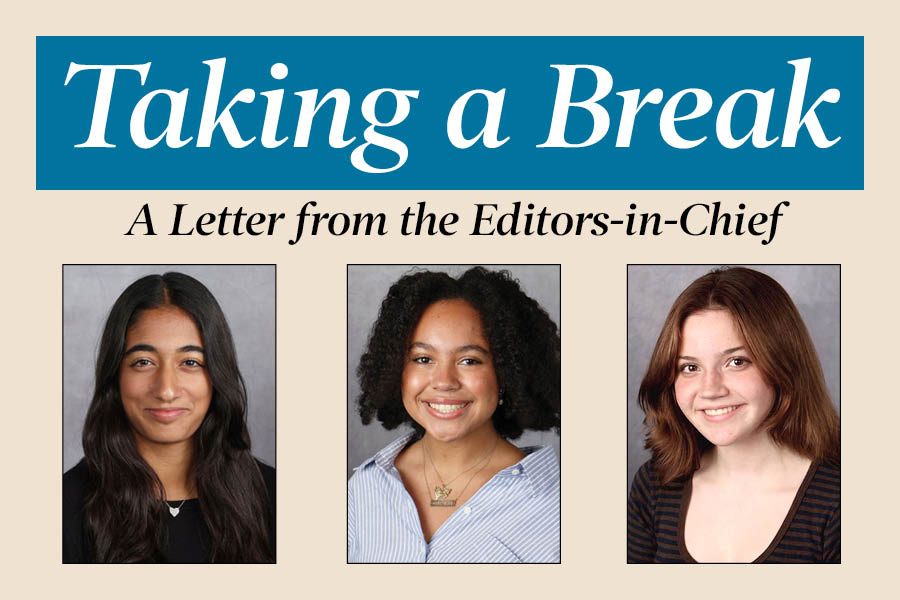

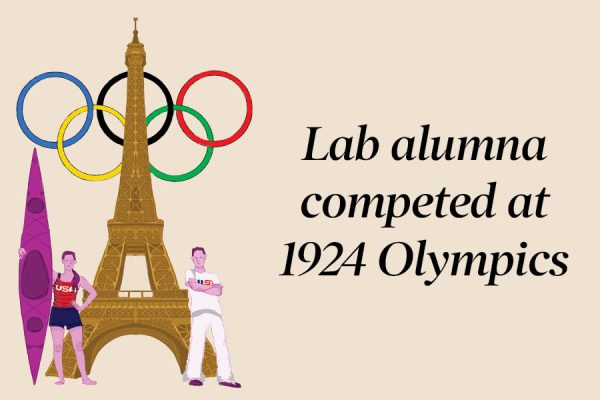


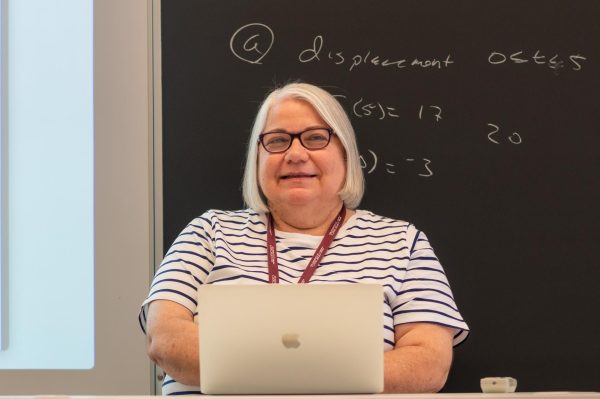
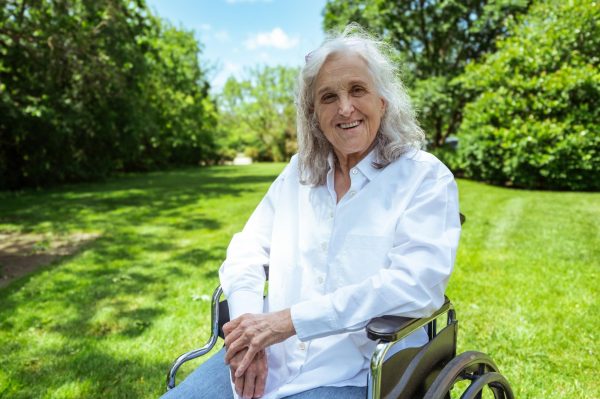




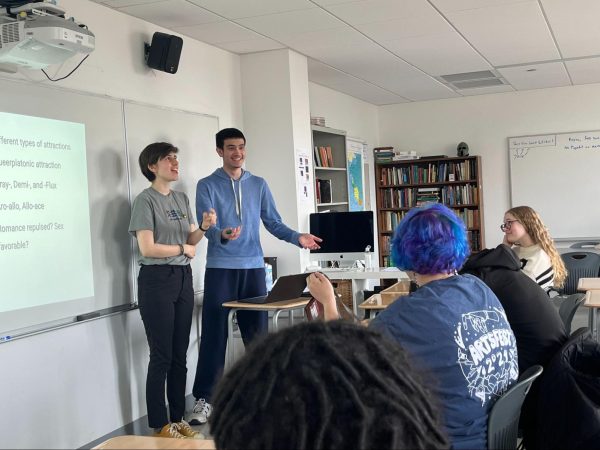
Cathy Lee • Apr 7, 2022 at 10:16 am
Such a detailed, insightful article into Prof. List’s research and book. Well written. Thank you for sharing!